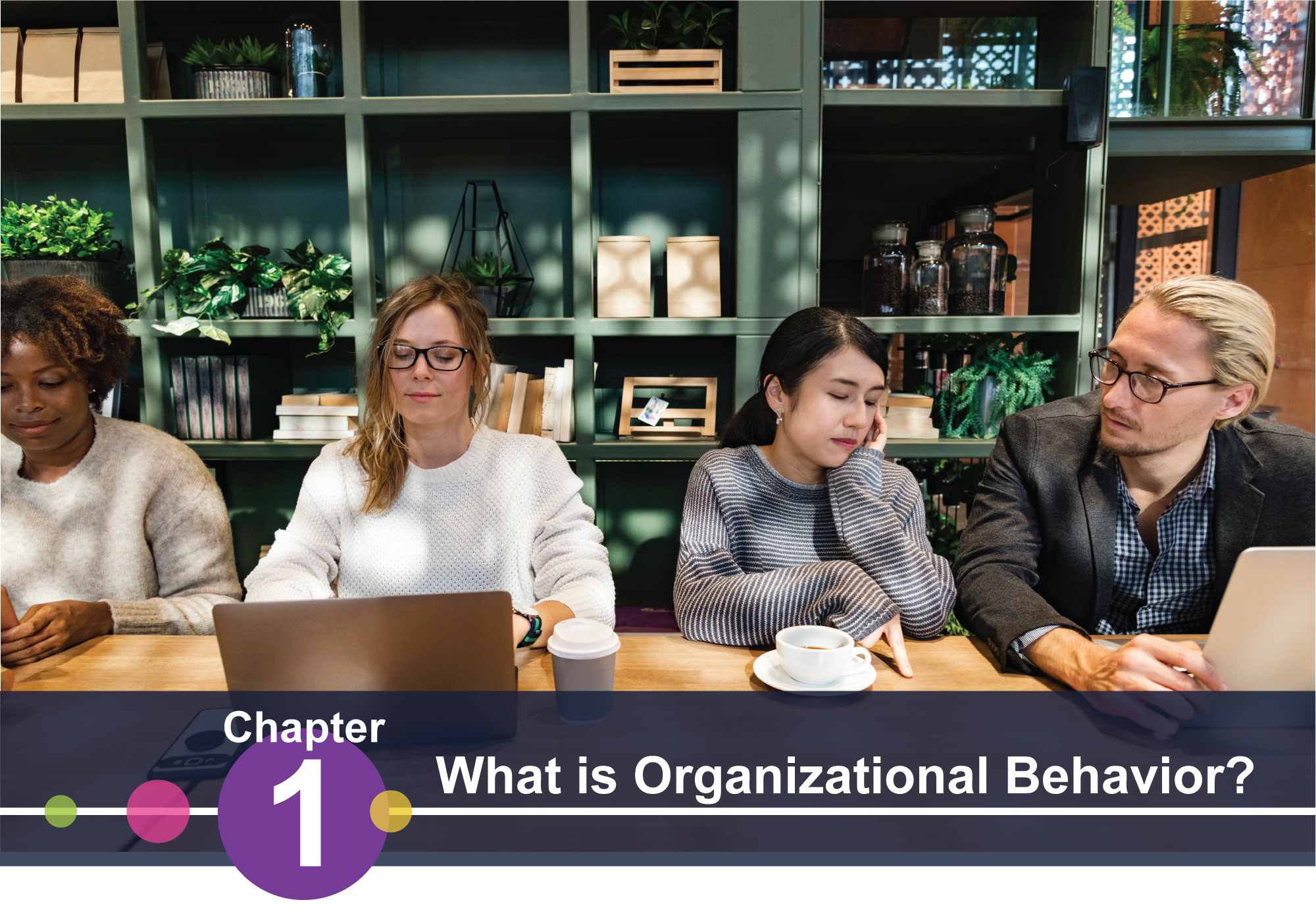 Using AI to Transform Organizations: Insights from the Operating Room
Using AI to Transform Organizations: Insights from the Operating Room
In today’s data-driven world, organizations are drowning in a sea of information. The challenge lies in extracting meaningful insights from this data and using them to drive transformative actions. This is where artificial intelligence (AI) comes into play. AI’s ability to analyze vast amounts of data and identify patterns has the potential to revolutionize industries across the board, from sales to manufacturing to healthcare.
But to fully leverage the power of AI, it is crucial to understand human behavior. AI transformation occurs in three stages: collecting data, finding insights, and taking action. The latter two stages heavily rely on understanding the factors that drive human behavior, such as fears, motivations, biases, and cognitive processes.
To illustrate this, let’s take a look at a real-world example: the work of Dr. Teodor Grantcharov, a professor of surgery at Stanford University. Grantcharov sought to reduce surgical errors in the operating room (OR) using AI. Medical errors, including preventable mistakes in the OR, contribute to a significant number of patient deaths each year.
Grantcharov developed an “operating room black box” that captures and analyzes everything that happens during a surgical procedure. Inspired by flight data recorders, which have saved countless lives in aviation, the OR black box aimed to identify and mitigate preventable errors. Advances in AI technology enabled Grantcharov’s team to analyze the data collected by the black box, leading to significant improvements in individual and team performance, as well as a reduction in morbidity, mortality, and costs.
The first step in AI transformation is collecting data, which has become relatively easy with the availability of sensors and electronic health records. Grantcharov’s OR black box captured up to 1 million data points per day per site, including audio-visual data, biometric readings, and input from surgical devices. However, data alone is useless without the ability to turn it into actionable information that clinicians can use to change their behavior.
This is where AI shines. AI can identify patterns in data that would be impossible for the human brain to detect. For example, Grantcharov’s team hypothesized that stress could impact a surgeon’s performance and decision-making. By collecting physiological data from surgeons and correlating it with OR accidents, they found that stressed-out surgeons had a 66% higher chance of making errors. They also discovered that distractions, such as a door opening or a phone ringing, were the root cause of catastrophic errors. These insights required an understanding of human cognitive capacity and team dynamics.
Once insights are derived from the data, the next step is taking action. Changing organizational culture and behavior requires establishing priorities, habits, and systems. In the case of OR errors, the priority was clear: improving patient outcomes by avoiding preventable mistakes. Habits, such as speaking up with concerns, can be developed through training and practice. Systems, such as restricting non-relevant discussions during critical steps of a surgical procedure, make the desired behavior the easiest to do.
In addition to priorities, habits, and systems, AI transformation also requires a growth mindset. Initially, surgical teams were wary of the OR black box, fearing it would make them look bad or expose them to litigation. However, as they realized that objective measures of performance were essential for improvement, their attitudes changed. Hospitals that embraced this transition experienced tremendous gains in quality, safety, efficiency, and productivity.
The lessons learned from the healthcare industry can be applied to other sectors as well. AI has the potential to uncover valuable insights in various settings, from meetings to boardrooms. By collecting audio and visual data and combining it with human insights, AI can detect patterns that may not be obvious to the naked eye. For example, it can identify individuals who have great ideas but are constantly talked over, or detect signs of excessive anxiety or distraction during meetings. These insights can then be used to address obstacles and improve productivity.
In conclusion, AI has the power to transform organizations, but it is essential to understand how humans interact with and process the world. By combining AI’s analytical capabilities with a deep understanding of human behavior, organizations can unlock their full potential and drive meaningful change.

